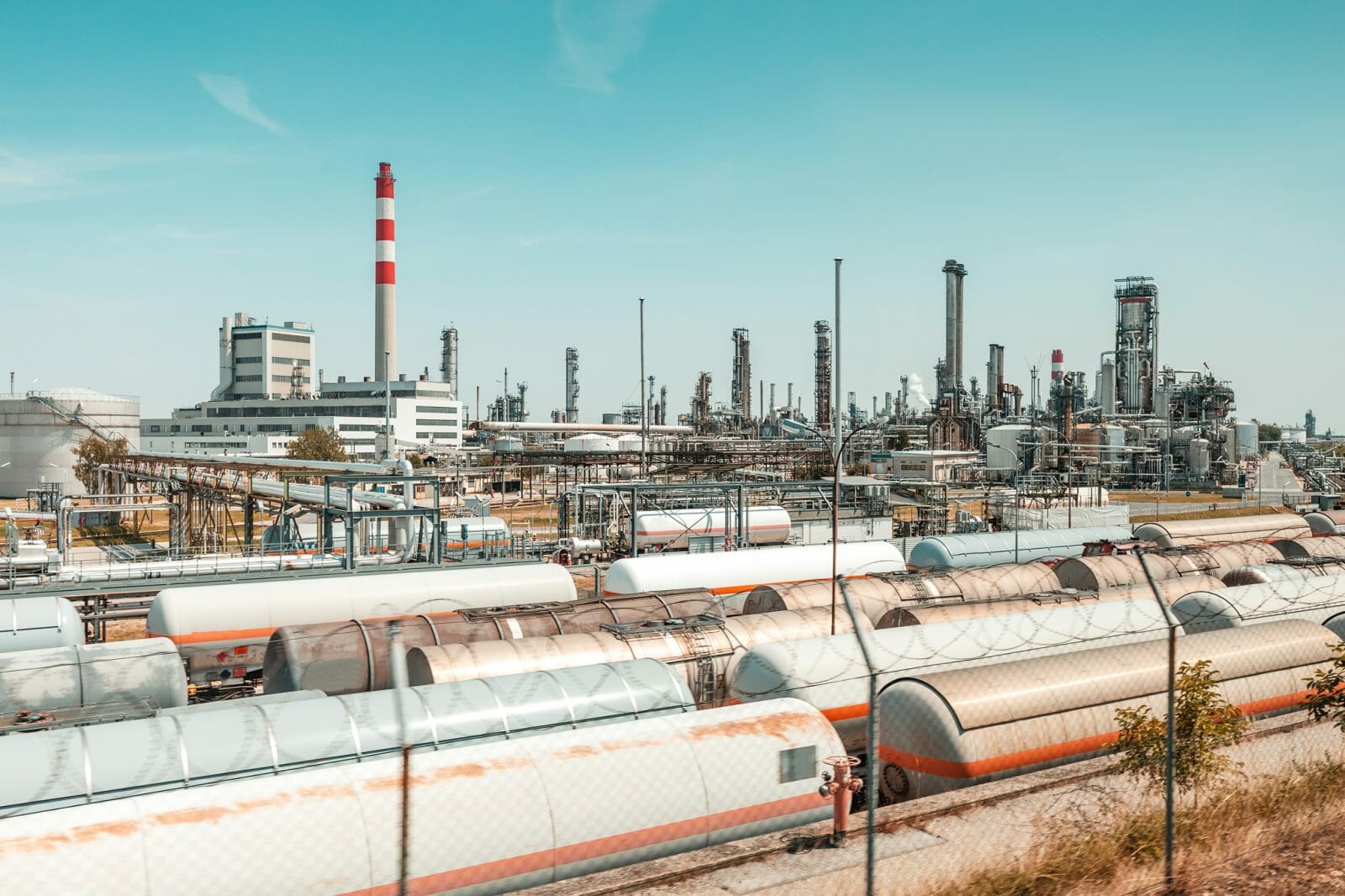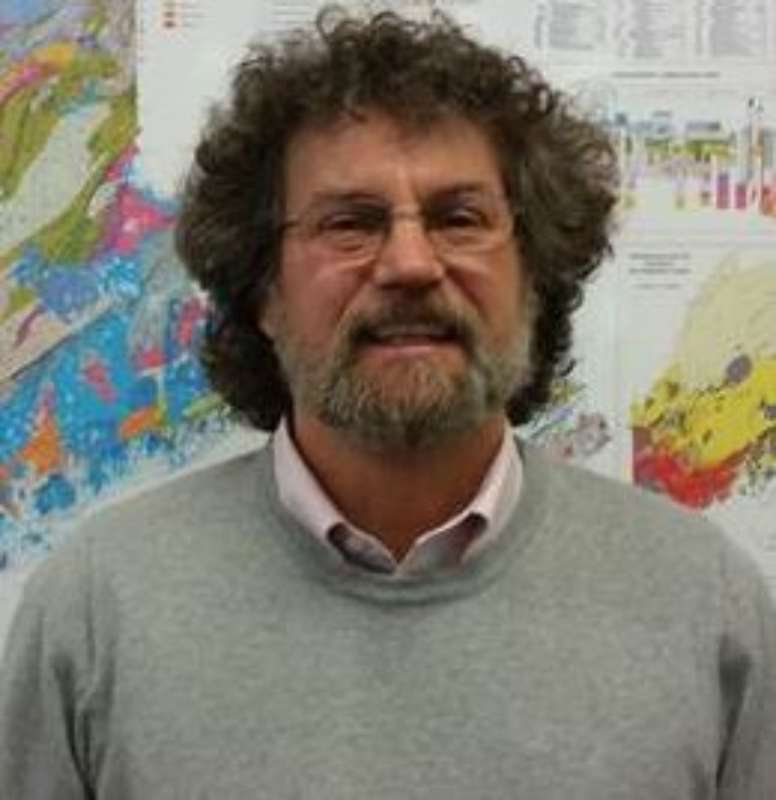Background
The proposed regulations were developed in response to a petition from the Association of American Railroads (AAR) stating the change is needed to remove unnecessary restrictions on safe and efficient transportation of energy products, meet increasing demand for LNG for domestic use and overseas, and to reduce highway transportation of LNG.
Furthermore, PHMSA states these changes in the regulations will comply with Executive Orders for regulatory reform and energy independence.
PHMSA considers the proposed regulatory changes would be limited to amending the Hazardous Materials Table in Title 49 of the Code of Federal Regulations Part 172.101 (49 CFR 172.101) to include a row for Methane, Refrigerated Liquid and amending paragraph 49 CFR 173.319 (d)(2) and the associated table to include methane with the other cryogenic liquids currently addressed by this regulation.
PHMSA proposes to authorize only DOT–113C120W tank cars for use in transporting LNG, because these tank cars are currently used to transport another flammable cryogenic liquid with similar chemical and operating characteristics to LNG (e.g., ethylene).
The AAR petition noted that DOT–113C120W tank cars should provide 40 days in transportation before the LNG might vent, so AAR also requested the use of DOT–113C140W tank cars, which should provide 45 days in transportation before the LNG might vent.
PHMSA and the Federal Railroad Administration (FRA) did not approve the DOT–113C140W tank cars, noting a complete engineering review of this specification is warranted and more research and supporting data are needed to demonstrate this tank car’s safety for transporting LNG.
Furthermore, PHMSA will rely on trains transporting LNG operating in compliance with AAR Circular OT-55, which establishes operational controls for trains transporting certain quantities of hazardous materials, including LNG (i.e., key trains).
However, PHMSA is not proposing to incorporate Circular OT–55 or adopt requirements for key trains in the regulations. In addition, PHMSA is not proposing to consider LNG trains as High Hazard Flammable Trains (HHFT) or incorporate other restrictions on LNG routes or the number of LNG cars in a consist.



